Organic cotton
– see GOTS certification – Cotton that is grown without using any chemicals but with organic fertilizers. Its traceability, from crop to final fabric, is given by the GOTS certification.
– see GOTS certification – Cotton that is grown without using any chemicals but with organic fertilizers. Its traceability, from crop to final fabric, is given by the GOTS certification.
A finishing process where the fabric is passed between calender rollers at high temperatures. These rollers press the fabric to give it a glossy aspect. If the rolls are 3D, designs and special effects such as marbling or moire, embossing.
Plant fiber. This is the soft fibrous substance that surrounds the seeds of the cotton plant. Cotton retains humidity (8.5% of its weight in water.) Its heat-retaining capacity is average but it has a rather good thermal conductivity. Its main characteristic is its length which varies from 10 to 50 cm. The longest cotton fibers are the thinnest. Its fabric finish is soft.
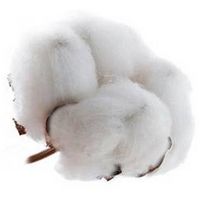
Designates the 3 primary colors and black in 4-color printing: CMYK = Cyan, Magenta, Yellow and K for Black in English and CMJN = Cyan, Magenta, Jaune and Noir in French.

In France, there is a rating scale with 5 categories that define the fire resistance of materials:
This French rating scale has since been replaced by the European classification (Euroclasses) defined by the EN 13501-1 standard.
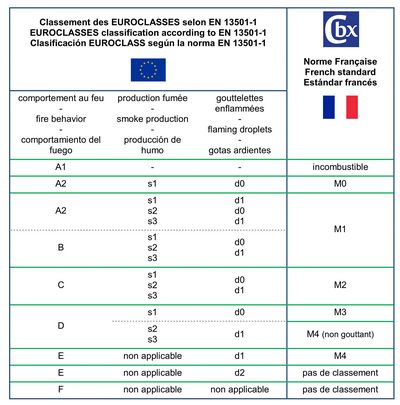
The warp threads are the lengthwise threads on the fabric loom. These threads are held stationary. The weft threads are woven in the width of the fabric, perpendicular to the warp threads. They are threaded over and under the warp threads. This results in what is called a weave.
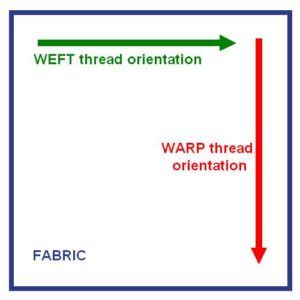
Plant fiber. The fiber is extracted from the stem of the Cannabis sativa plant. This fiber is not very permeable to air and water and burns quickly without leaving any molten bead. It is mainly used today in rope making and weaving. In plumbing, it is the thread sealant that is wrapped around a joint.
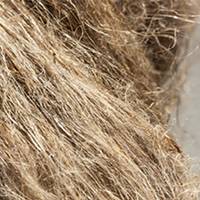
It is a fibrous material of plant origin such as cotton, linen, burlap and hemp… which can also be man-made from artificial fibers of plant origin such as viscose, acetate and triacetate.
These are used to secure an object in its packaging in a given position. We use foam peanuts, air bubble wrap, wood wool, shredded paper…
| foam peanuts air | bubble wrap | wood fiber | paper fiber |
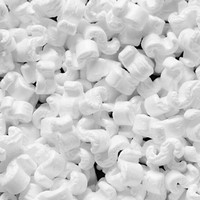 |
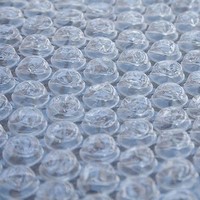 |
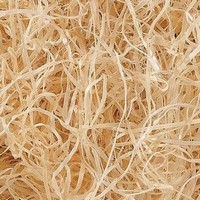 |
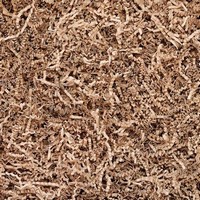 |
All adjusting (steps and time)necessary for precise functioning of a piece of equipment.